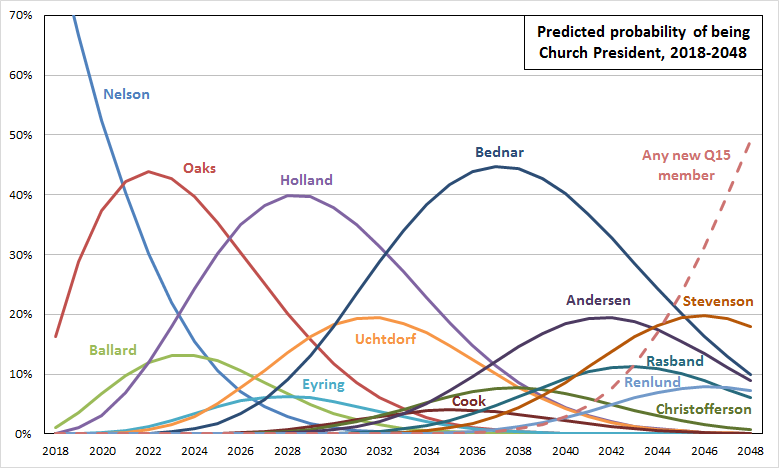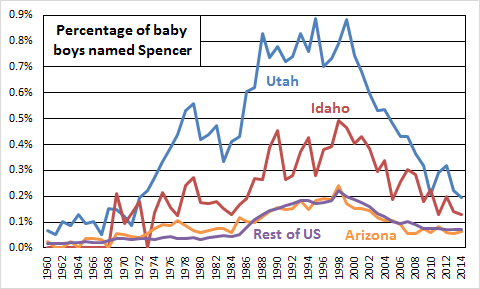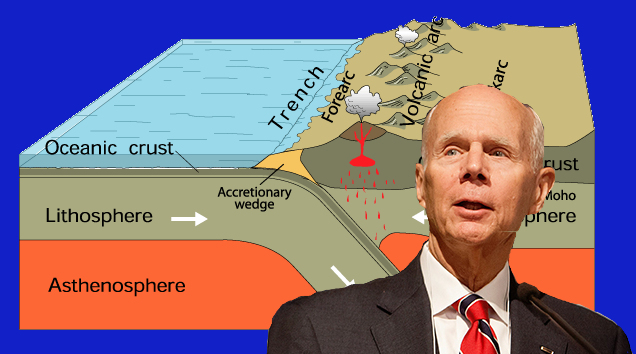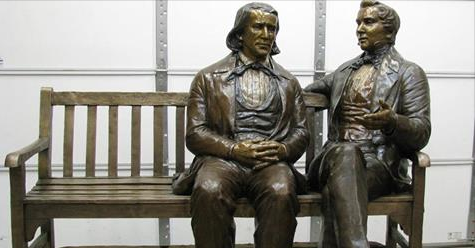General Conference starts tomorrow, and this provides all kinds of opportunities to speculate about what changes in the Church it might bring. Of course we can speculate before every Conference, but this one is particularly ripe given that there will be two new members of the Quorum of the Twelve called, and that it will be President Nelson’s first Conference. President Monson was unwell for years, so there may have been big decisions that the other Q15 members left unmade. Now, with President Nelson appearing to be in good health, he may move forward with some items that had been on hold.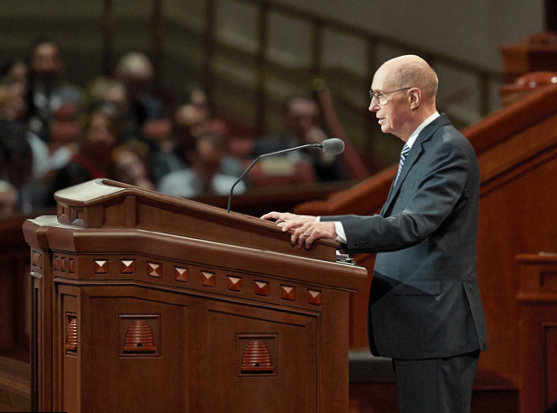
Here’s my speculation about the new Quorum of the Twelve members: They will be white, and will have a strong connection to Utah. Risky speculation, I know! Seriously, though, I was extremely disappointed in 2015 when, even with three Q12 positions to fill at the same time, President Monson still couldn’t bring himself to call a person of color to the Quorum. My guess is that President Nelson will be even less likely to do so. Also, given how much he clearly loves God’s Most Holy and Most Blessed Order of the Eternal and Most Divine Gender Roles, Which Were and Are from All Eternity to All Eternity, I’m betting that he won’t call anyone like Elder Renlund to the Quorum. Elder Renlund’s wife had (gasp) a career, and to make it worse, only one child. I really doubt that President Nelson could see someone like him as being faithful enough. So my expectation is not just two older white men with ties to Utah, but two older white men with ties to Utah who are descended from polygamists and whose wives were SAHMs and had plenty of kids.
A question that might be even bigger than who the new Q12 members will be is whether President Nelson will canonize the Family Proclamation. This seems like the perfect example of an issue that was left in limbo with President Monson’s deteriorating health, that President Nelson might jump to solve. Really, though, after reading a bunch of discussions on the Bloggernacle and on Facebook, I’ve come to agree with those who argue that it doesn’t really matter if he does or not. One of my sisters pointed out that for the FamProc to enter the canon would kind of be a step down. The canon is what we read now and again and pull proof texts out of. The FamProc is what we love so much that we hang it on our walls! It’s better than canon. What I really expect is that, rather than canonizing it, President Nelson will borrow some lines from Joseph Smith and tell us that “The Family Proclamation is the most correct of any proclamation on earth, and the keystone of our religion, and a man will get nearer to God by abiding by its precepts, than by any other proclamation.” That’s what he’ll do: cement its place as super-canon.
It also might be worth wondering whether President Nelson, or any of the other speakers, will mention all the fallout from the Joseph Bishop scandal. My guess would be no, both considering the timing–all the news has broken so close to Conference, and talks are planned well in advance–and the content–GAs won’t want to bring the issue to the attention of anyone who hasn’t already heard about it. This is a topic like polygamy, where the Church will probably be sure to keep any of its responses carefully out of the way of most members, to avoid causing more trouble than they solve. Kind of like the Gospel Topics essays.
What do you think will happen at Conference?




